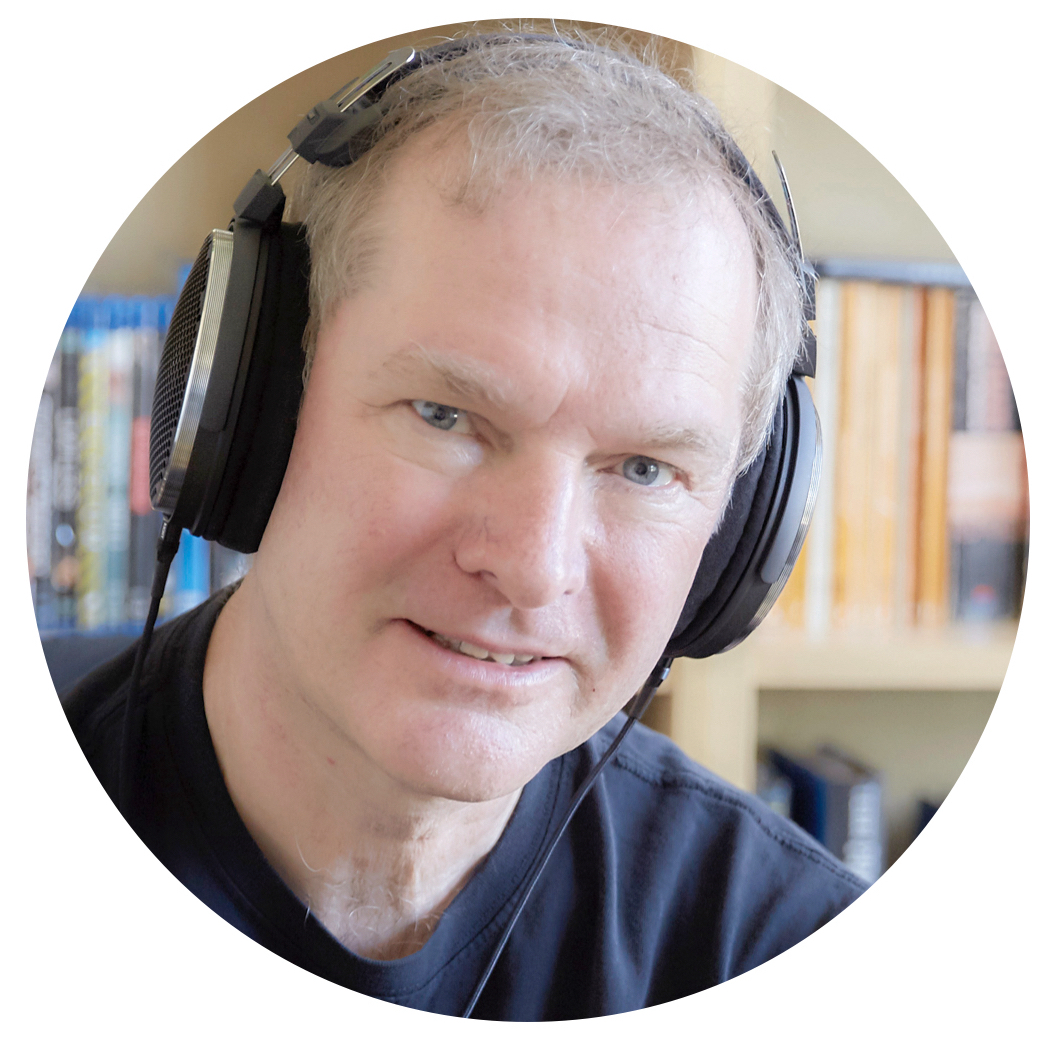
Welcome to the 2020 Science Archive
2020 Science started life in 2007 as a nanotechnology blog written by Andrew Maynard on SafeNano. In the following years it developed into a personal blog addressing emerging technologies, responsible innovation, risk, science communication, and the intersection between science and society more generally.
Andrew made he decision to wind the blog down in 2019 as his focus and writing developed in new directions. This archive contains most of the original posts (there have been occasional clean-ups of content). For more recent articles etc. please visit andrewmaynard.net. And thanks for visiting!
BROWSE THE ARCHIVE

A Nanoscale Perspective on The Man in the White Suit
Each week between now and November 15th (publication day!) I’ll be posting excerpts from Films from the Future: The Technology and Morality of Sci-Fi Movies This week, it’s chapter ten, and the movie The Man in the White Suit. The Man in the White Suit is a 1951...

Films from the Future: Judging a book by its cover!
We're just five weeks and a couple of days away from the official publication of Films from the Future on November 15th, but in the meantime, here's a sneak-peek at the book's cover: And just a reminder that the book's currently available for pre-order at...

Enter the Neo-Luddites: Transcendence, The Singularity, and Technological Resistance
On January 15, 1813, fourteen men were hanged outside York Castle in England for crimes associated with technological activism. It was the largest number of people ever hanged in a single day at the castle. These hangings were a decisive move against an uprising protesting the impacts of increased mechanization, one that became known as the Luddite movement after its alleged leader, Ned Ludd.

What people are saying about “Films from the Future …”
While it's still a few weeks before Films from the Future is published (November 15th - mark your calendar!), a few people have already had the chance to read the book, and provide their thoughts on it. The book, by the way, is already available for pre-order on...

Superintelligence: From Chapter Eight of Films from the Future
In January 2017, a group of experts from around the world got together to hash out guidelines for beneficial artificial intelligence research and development. The meeting was held at the Asilomar Conference Center in California, the same venue where, in 1975, a group of scientists famously established safety guidelines for recombinant DNA research. This time, though, the focus was on ensuring that research on increasingly powerful AI systems led to technologies that benefited society without creating undue risks.

Being Human in an Augmented Future (From chapter seven of Films from the Future)
The forthcoming book Films from the Future: The Technology and Morality of Sci-Fi Movies explores the complex dynamics between emerging technologies and society through twelve science fiction movies. This excerpt comes from the chapter on the 1995 Japanese Anime movie...

Social inequity in an age of technological extremes (from chapter six of Films from the Future)
On September 17, 2011, a small group of social activists occupied Zuccotti Park in New York City. The occupation became the spearhead for the global “Occupy” movement, protesting a growing disparity between “haves” and “have-nots” within society. Two years later, the movie Elysium built on this movement as it sought to reveal the potential injustices of a technologically sophisticated future where a small group of elites live in decadent luxury at the expense of the poor.

Limitless: Pharmaceutically-Enhanced Intelligence (from chapter 5 of Films from the Future)
In2004, the academic and medical doctor Anjan Chatterjee wrote a review of what he termed “Cosmetic Neurology.” He was far from the first person to write about the emergence and ethics of cognitive enhancers, but the piece caught my attention because of its unusual title…

Minority Report: Predicting Criminal Intent (From chapter four of Films from the Future)
There’s something quite enticing about the idea of predicting how people will behave in a given situation. It’s what lies beneath personality profiling and theories of preferred team roles. But it also extends to trying to predict when people will behave badly, and taking steps to prevent this…

Never Let Me Go: A Cautionary Tale of Human Cloning (from chapter three of Films from the Future)
In 2002, the birth of the first human clone was announced. Baby Eve was born on December 26, 2002, and weighed seven pounds. Or so it was claimed. The announcement attracted media attention from around the world, and spawned story after story of the birth. Since then, no proof has emerged that baby Eve was anything other than a publicity stunt. But the furor at the time demonstrated how contentious the very idea of creating living copies of people can be.
